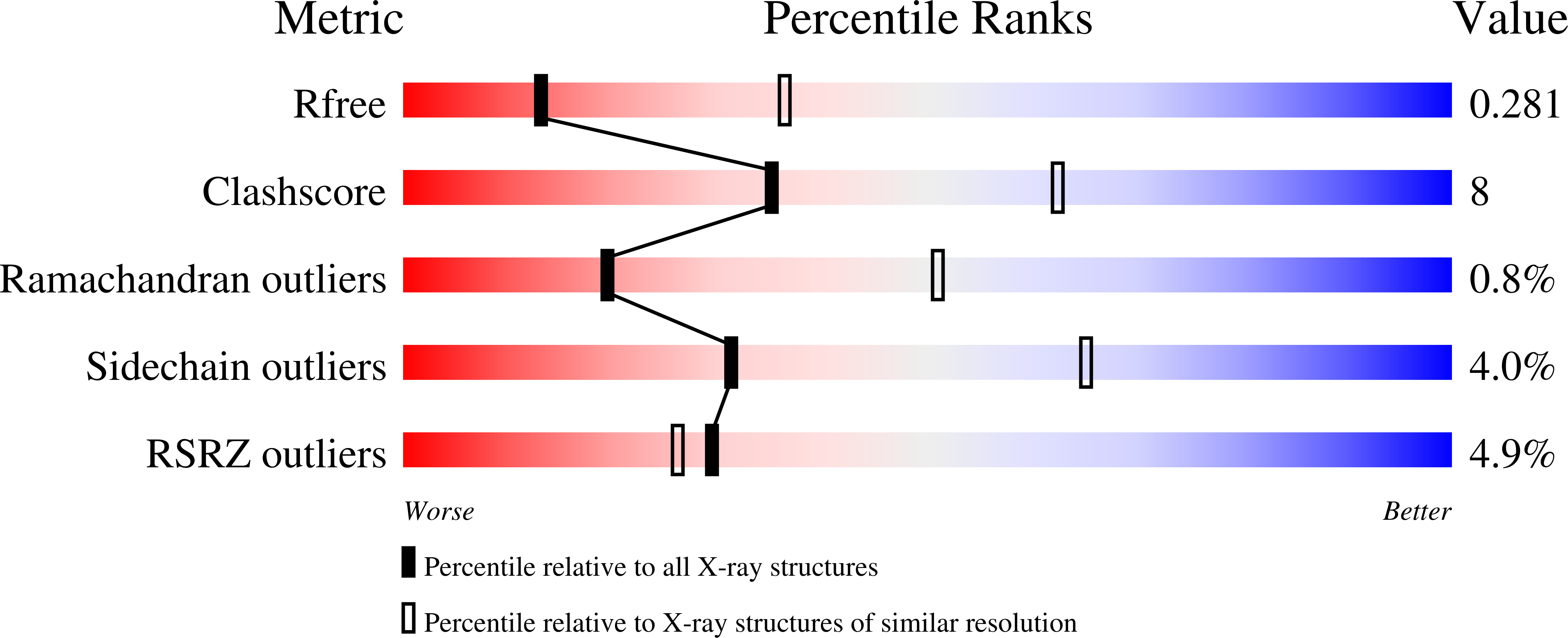
Deposition Date
2021-01-05
Release Date
2021-08-04
Last Version Date
2024-10-09
Entry Detail
PDB ID:
7BG0
Keywords:
Title:
Fusion of MBP and the backbone of the long-acting amylin analog AM833.
Biological Source:
Source Organism:
Escherichia coli (strain K12) (Taxon ID: 83333)
Homo sapiens (Taxon ID: 9606)
Homo sapiens (Taxon ID: 9606)
Host Organism:
Method Details:
Experimental Method:
Resolution:
2.89 Å
R-Value Free:
0.27
R-Value Work:
0.21
R-Value Observed:
0.22
Space Group:
H 3


